Your Ultimate Chess Rules Guide: Learn the Game Effortlessly
The most popular game in the world is Chess. Learning the rules of chess are very easy. Chess is a strategic board game played between two players. Each has 16 pieces consisting of a king, a queen, two rooks, two knights, two bishops and eight pawns. The goal is to checkmate the opponent’s king. Players plan and anticipate the opponent’s moves and prevent the king from being checked. Chess is regarded worldwide as a test of intelligence and skill.
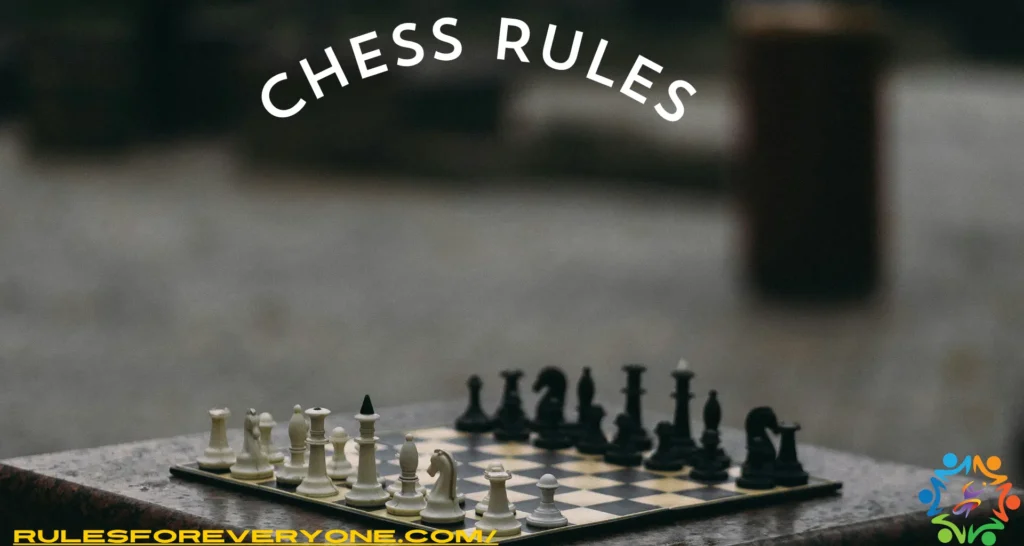
Setup The Chessboard
A chess board has 8 rows and columns i.e. 64 squares. Which are alternate colors white and black. Each square of the chess board is identified by a unique pair of numbers or letters. Both players sit facing each other and make sure that the white square is on the lower right side and the black square is on the left side.
At the beginning of the game, the pieces on both sides are arranged. It consists of one king, one queen, two rooks, two bishops, two knights and 8 pawns. In total there are 16 seals on both sides.
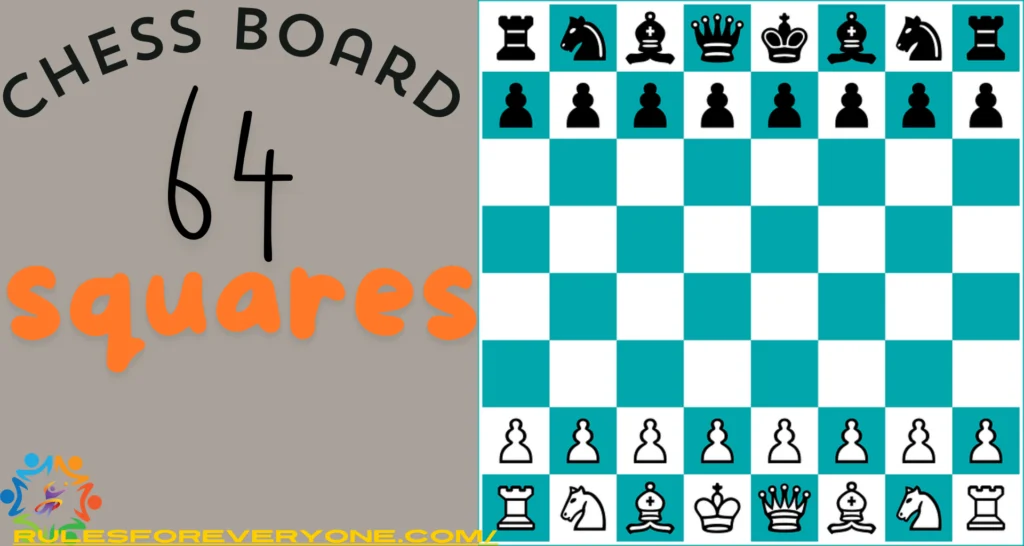
Remember that your queen must be on a square of the same color as herself. A white queen on a white square and a black queen on a black square. The pieces of both colors should be facing each other i.e. King in front of King, Queen in front of Queen and so on.
Each seal has a different way of moving
King Movement
The king is the most important and weakest piece. A king can move one step to his right, left, up, down and diagonally. The king may never move himself into check (where he could be captured). When the king is attacked by another piece this is called “check“.
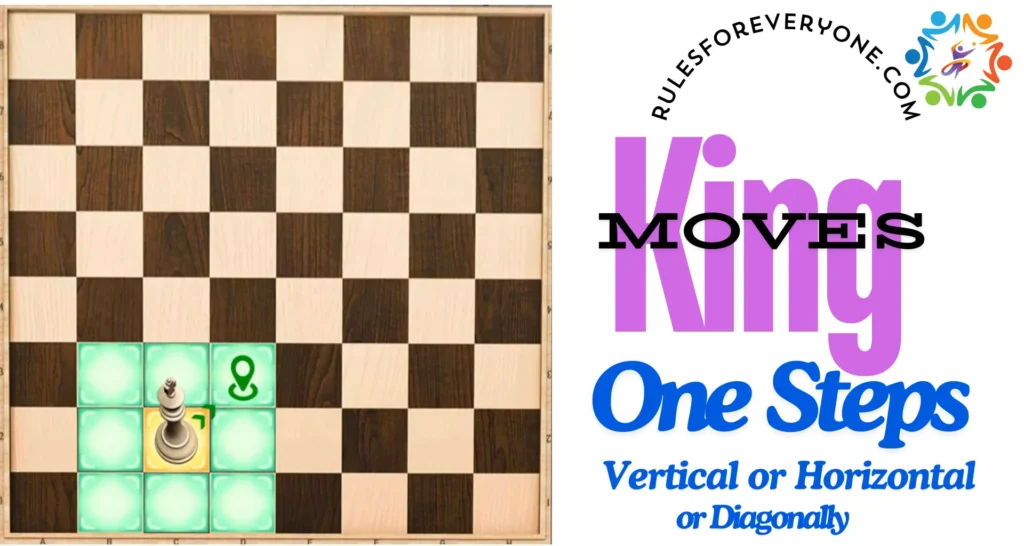
Queen Movement
Let’s talk about Queen, which is also called a very powerful piece. The queen can move diagonally, right, left, up and down on all the squares on the board – as far as possible.
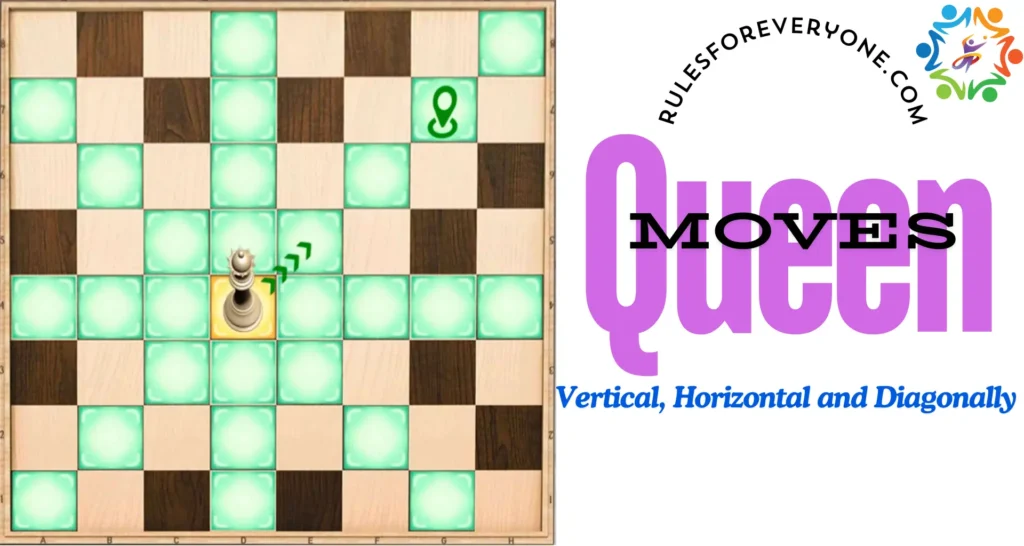
Rock Movement
A rook can move vertically and horizontally on the squares in chess. Rock moves on the plus sign. The rooks are particularly powerful pieces when they are protecting each other and working together!
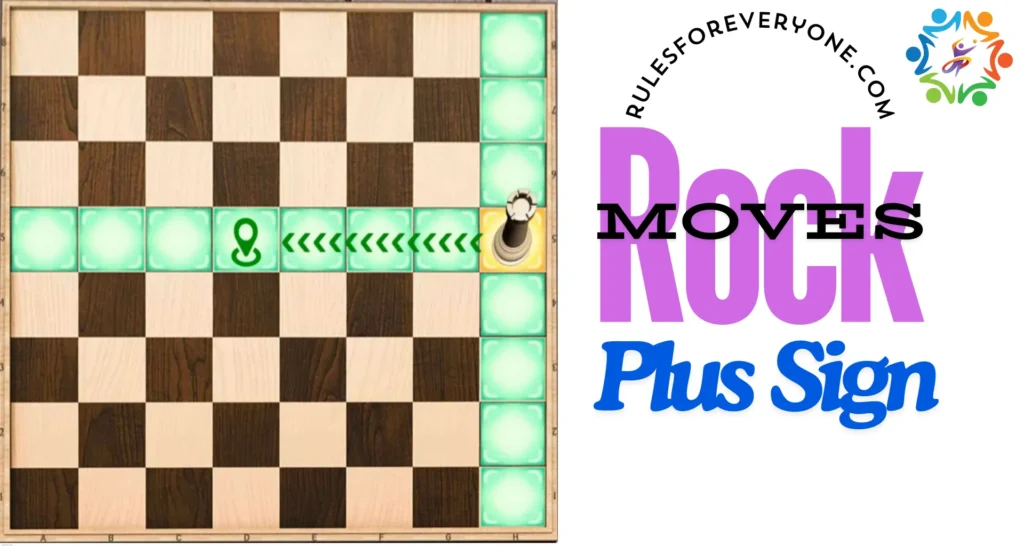
Bishop Movement
A bishop can move in a diagonal line on the board. The bishop moves on the sign of the cross or multiply. Each bishop starts on one color (light or dark) and must always stay on that color. Bishops work well together because they cover up each other’s weaknesses.
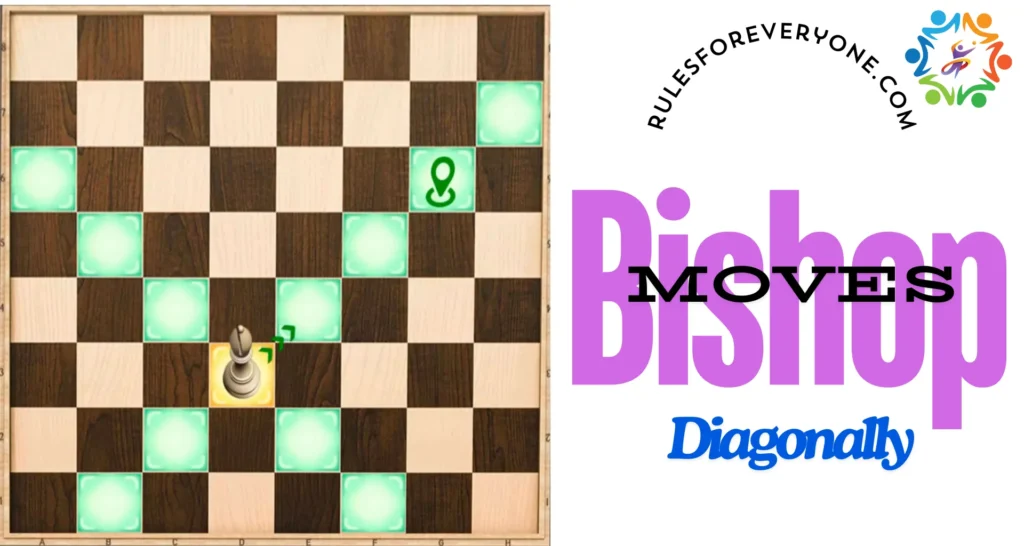
Knight Movement
Talking about the knight, the knight moves 90 degrees after taking two steps vertically and horizontally.
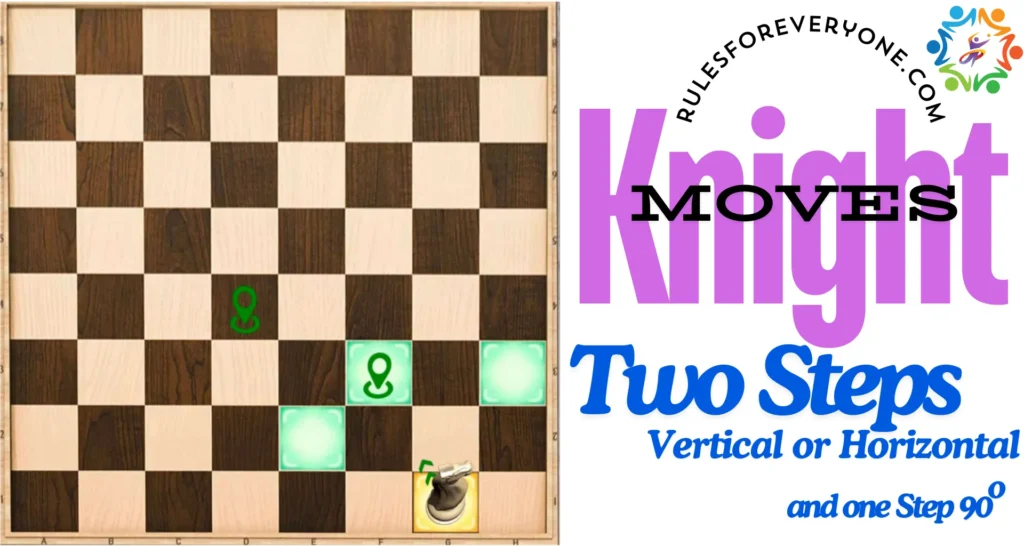
It’s move simply define as. A knight moves one step vertically and one step horizontally, then one step diagonally. In simple terms, Knight moves in an L or 7 shape. A knight is a piece throughout the game that flies over other pieces.
Pawn Movement
Pawns are the smallest and weakest chess pieces. A pawn can only move one step forward. If the game is early or the pawn has not yet made a move, it can move two steps forward. After the first move, the pawn can advance only one step. Pawns cannot move back.
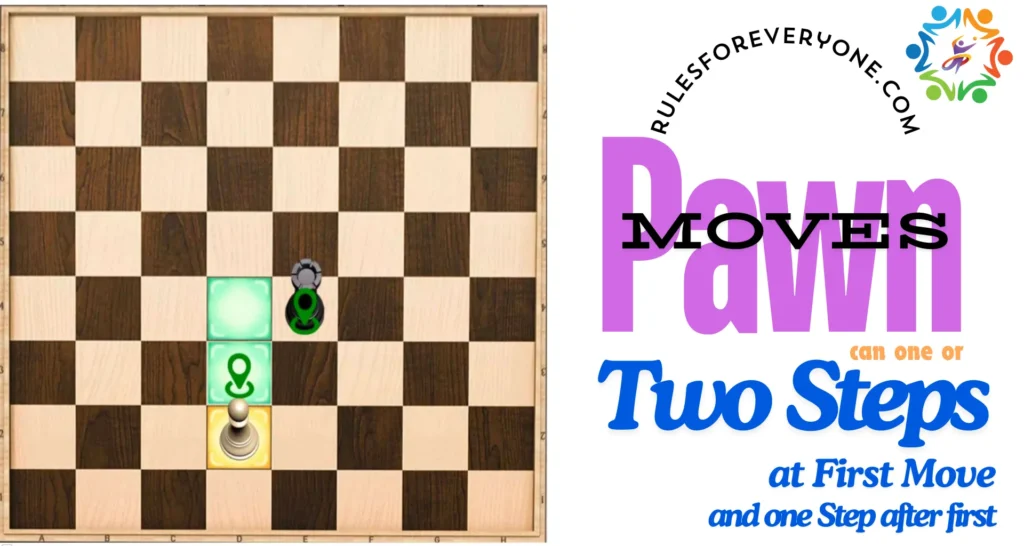
Pawns are the only pieces in chess whose move is separate from the move they capture. It captures any enemy piece on its diagonal side. But they cannot move diagonally, even if they are lying empty.
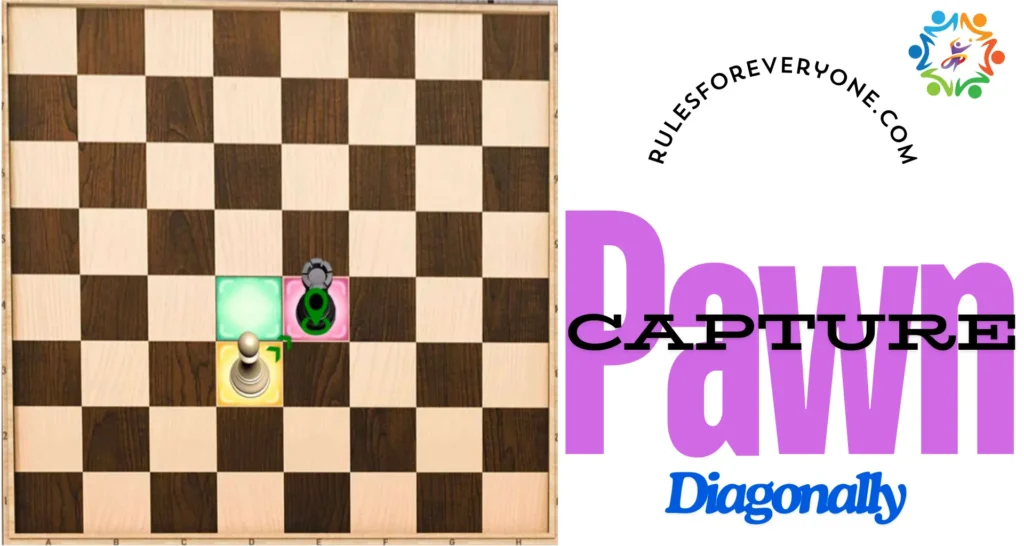
Special Rules Of Chess
There are a few special rules in chess that may not seem logical at first. They were created to make the game more fun and interesting.
Promotion
What is the promotion and which pieces are eligible? This ability is only available to pawns. When a pawn moves to another part of the board, it can become any other chess piece except a king or a pawn.
There is also a misconception that a pawn can only be replaced by captured pieces. But this is not true. Most pawns are made queens. Only pawns get promoted.
“En Passant” In Chess
The last rule about pawns is called “en passant,” which is French for “in passing.” When a pawn moves two steps forward and flanks the other pawn. In such a case, the other has the right to catch it.
That is, the first pawn moves two steps forward because the second pawn can catch him on the first step, so he moves two steps forward. But he is caught even two steps ahead.
This special move must be done immediately after the first pawn has passed, otherwise the option to capture it is no longer available.

Castle In Chess
Another special rule of chess is called casting. This move allows you to do two important things in one move. Move the king to safety ie the corner and move the rock out into play. The king moves on two squares. However, to build a fort, the following conditions must be met:
- This should be the king’s first move.
- This should be his first move.
- There can be no wedge between the king and the rock
- A king cannot be in check or pass check.
When you build a castle in one direction, the king is closer to the edge of the throne. This is called casting “Kingside”. The casting on the other side, from where the queen sat, is called the “queen-side” casting. Regardless of which side, the king always moves only two squares when building a castle.
